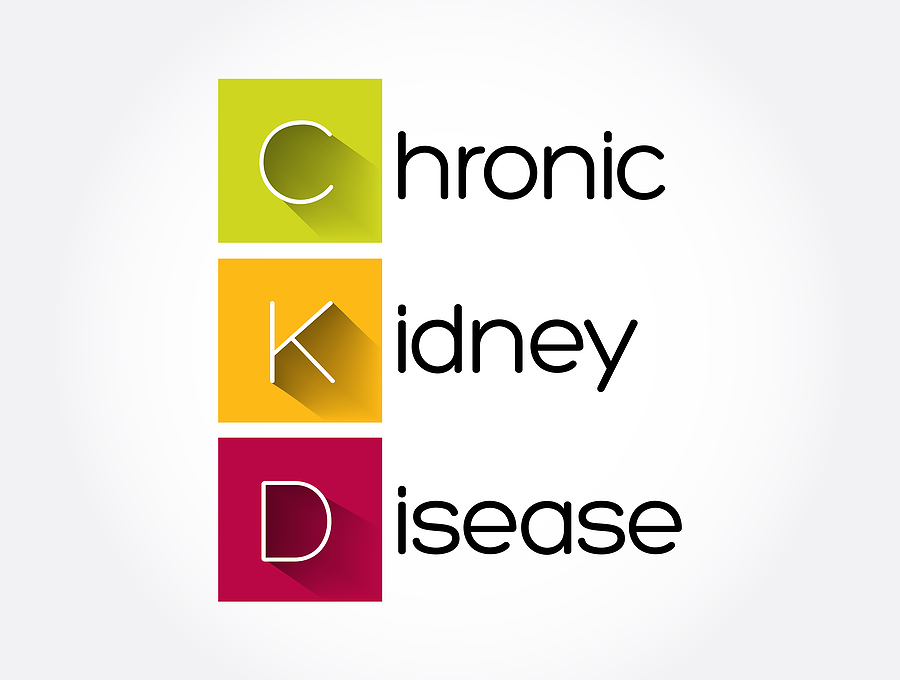If you look at the list of Disqualifying Conditions you’ll probably notice that many of them are associated with the heart, almost half of the named conditions actually. These conditions are set by CFR and are not at the discretion of the FAA aviation medical examiner that you may be seeing. Today we will look at one specific condition: Angina Pectoris.
Angina pectoris, usually just referred to as angina, is the name of the chest pain, or discomfort, that is due to the heart starving for oxygen. Doctors will call the starving of the heart for oxygen myocardial ischemia. The onset of true angina is most commonly a symptom of coronary artery disease and is an indicator that your heart isn’t getting the oxygen it needs to work at the level being requested by the user (you!). Having angina does not always mean a heart attack, or myocardial infarction, is going to happen, but it likely means that one is in your future if you aren’t careful and/or get some help from your physician.
As you can imagine, having a heart attack while flying an airplane is not very conducive to continued flight and makes getting emergency help rather problematic. This is why angina is considered disqualifying – it is a very high risk for an impending heart attack.
What is angina and how do you know if you have it? While people tend to call it “chest pain” a lot of times it is more discomfort than pain and one that is difficult to localize. It can feel like a pressure or squeeze around your chest and sometimes spread to your left shoulder. It can feel similar to heartburn as well. It is indistinct. Sometimes there is no actual pain, but a sense of running out of air faster than normal; getting winded very easily.
Unlike the surface of our skin, where it is very easy to locate pain because of how our nerve endings are laid out, the inside of our body doesn’t have quite the same pain receptor network. Your doctor may call this referred pain because you are feeling it in an area versus the specific thing that is actually having trouble. This is why it can be difficult to locate the sensation of angina.
Angina will typically come on with increased demands for oxygen to your heart. Anything that increases your heart rate will increase the demand for oxygen to the heart: physical exertion, stress, excitement, etc. Angina will get worse with that increase in heart rate, but then, if you are able to reduce your heart rate by stopping whatever was going on, angina will typically subside as well. It will also usually be repeatable. If it happens as you get to the top of the stairs it is likely going to happen each time you take the stairs.
If you think you may be having angina, please go see your doctor as soon as you can to be evaluated. Between talking with you, performing an exam, and doing some tests they can do a good job figuring out what is going on with your heart. Flying can take a bit of a break.
While angina pectoris is a disqualifying condition, it doesn’t always result in a final denial. The main issue is if it is a current condition or if it has been successfully treated. If your angina has been successfully treated and you are back to your old self, then you likely can get a special issuance. Your AME won’t be able to issue you the certificate, but he can defer you to the FAA. In that case, it is best to prepare in advance in order to avoid the long delays that can easily occur if you do not show up to your FAA exam well prepared. And, of course, we are here to help you prepare for that exam.
ABOUT WINGMAN MED
As pilots, we understand the imperative of maintaining your FAA medical certificate and the urgency of getting it back when you lose it. As doctors, we specialize in getting it done.
Follow us on Twitter.com/wingmanmed/





